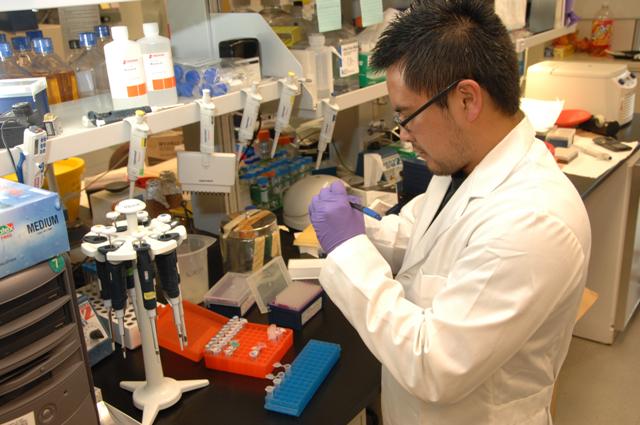The coprological methods are the scientific study of feces. This study can be approached from many disciplines, from the identification of animals (it is a key tool for the identification of dinosaurs), the study of their feeding or the investigation of diseases. In Parasitology we would have coproparasitology, which is the study of feces to determine the presence or not of parasites.
The parasitic coprology investigates the presence of endoparasites in their different forms: trophozoites, spores, cysts, oocysts, eggs, larvae and adults.
The detection of endoparasites is often complicated by their diversity, their cycles, and different stool conditions, so there is no single method that can establish their presence clearly.
Recognition can be by sight or microscopic. In the microscopic, they can be observed in fresh or with different dyes (like lugol, thionine or clorazol), or also with permanent dyes (like Ziehl-Neelsen, methylene blue, safranin, Giemsa, etc.). There are also concentration techniques, such as flotation.
Background
- Reading: FAO. Techniques for parasite assays and identification in faecal samples
- Reading: M. Arcari, A. Baxendine and C. E. Bennett. Diagnosing Medical Parasites Through Coprological Techniques
The lab experiment consists of an introduction to the coprological techniques used for the detection of intestinal parasites.
Stool sample
- Reading: WikiHow. How to Take a Stool Sample
- Reading: Lab Tests Online. Ova and Parasite Exam
Macroscopic and Microscopic Examination
- Reading: PARA-SITE Online. Ova and Parasite (O&P) Examinations. Macroscopic Examination
- Reading: PARA-SITE Online. Ova and Parasite (O&P) Examinations. Microscopic Examination
- Reading: Medical Labs. Flotation Technique for Fecal Parasite. Concentration Methods
- Reading: Dhurba Giri. Ziehl-Neelsen Stain (ZN-Stain) : Principle, Procedure, Reporting and Modifications
Additional readings
- Reading: CDC. Stool Specimens - Specimen Processing
- Reading: Monika M. Manser, Agatha Christie Santos Saez, and Peter L. Chiodini. Faecal Parasitology: Concentration Methodology Needs to be Better Standardised
Ways to perform the experiment
1. In Laboratory
The laboratory that performs experiments of parasitic coprology, must have a supply of samples, adequate instruments and staff training. Although the cost of the instruments is not very high, the problem is the supply of samples, although the practice can be performed with clean parasite stool.
2. In Home Lab
There are possibilities for setting up a low cost home microscopy lab (in spanish). You should do the practice with human feces or domestic animals that are known to safely not have intestinal parasites, in order to practice the techniques.
If there is a possibility, even remotely, that the samples may contain intestinal parasites (such as those from a cattle or sick domestic animal), and they want to learn the techniques exclusively for livestock interests or Zootechnical, practice should not be done in a house and the hygiene and safety measures should be exceeded. It is better to have a specialist or do it with supervision of the same.
In case there is a possibility, even remote, that the samples are suspected of propagating bacteriological or other diseases, they should not be manipulated in any way, as this must be done by the health professionals.
In short, this practice should only be done in a home laboratory with clean feces of parasites and diseases.
3. Virtually
For this purpose, can be done in this same post, watching carefully the videos of the procedure of the experiment.
Questions and activities
1.- Establish in a diagram the phases of a fecal parasite analysis.
2.- What parasites and parasitic forms could we observe in a stool analysis?
2.- What parasites and parasitic forms could we observe in a stool analysis?
3.- Going to the virtual lab Identification of helminth parasites, of the helminths that appear, What could we observe in the faeces?
4.- Search the Internet and bibliography techniques and recommendations in parasitic coprology.








0 comentarios:
Publicar un comentario